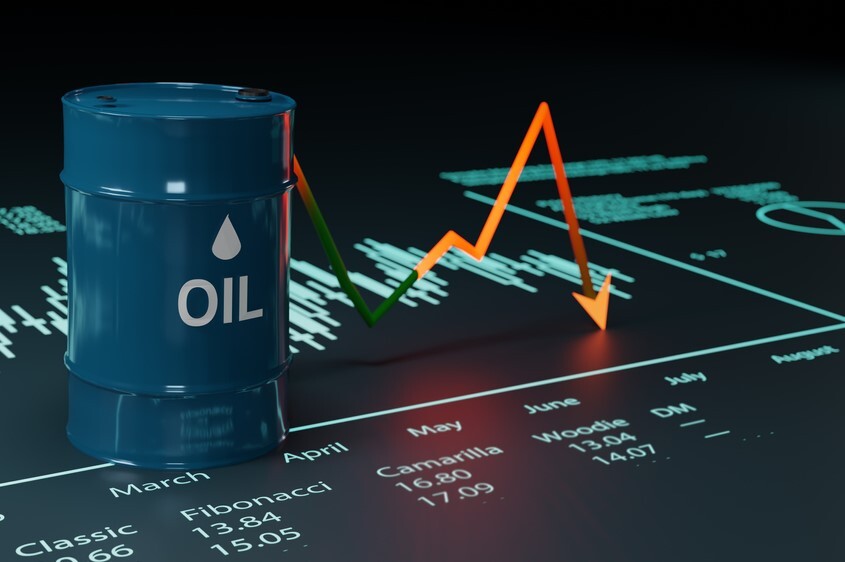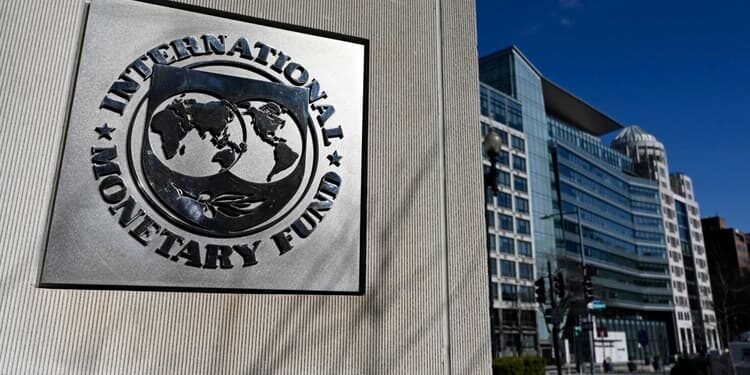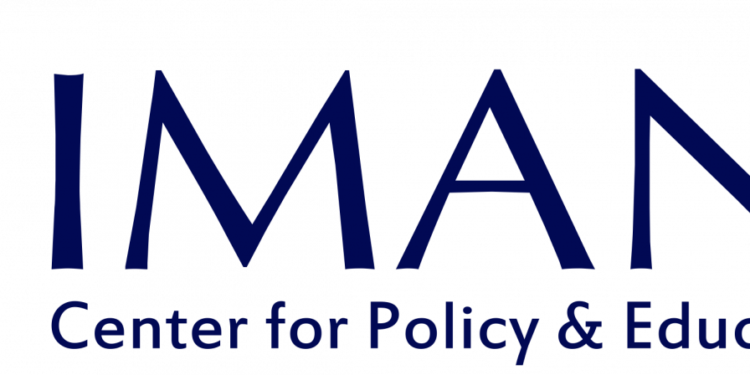The Organization of the Petroleum Exporting Countries and its allies (OPEC+) have decided to accelerate the reversal of production cuts, increasing supply by more than expected in May.
The move comes as the group cites “healthy market fundamentals and a positive market outlook.” However, the decision has sent oil prices tumbling, exacerbating fears of a potential recession fueled by ongoing trade disputes.
OPEC+ stated, “The gradual increases may be paused or reversed subject to evolving market conditions,” highlighting the group’s flexibility in responding to potential market instability.
The eight key OPEC+ members—Saudi Arabia, Russia, Iraq, the United Arab Emirates (UAE), Kuwait, Kazakhstan, Algeria, and Oman—have agreed to consolidate three months’ worth of planned output increases into May’s production levels. The surprise decision signals OPEC+’s confidence in the oil market’s recovery.
Some producers, such as OPEC’s second-largest producer, Iraq, and non-OPEC Russia and Kazakhstan, have been failing for years to pump at or below the levels assigned to them under the OPEC+ agreements.
At the meeting in early March, when OPEC+ decided to begin easing the cuts in April, the countries “reiterated their collective commitment to full conformity with the additional voluntary production adjustments,” OPEC noted.

The OPEC+ alliance remains focused on stabilizing oil markets while addressing compliance issues among some of its members. Countries such as Kazakhstan, Russia, and Iraq have repeatedly exceeded their production quotas.
To address this, the energy ministers of OPEC+ agreed to hold monthly meetings to monitor compliance and assess the market. The next meeting, scheduled for May 5, will determine production levels for June.
“This flexibility will allow the group to continue to support oil market stability.
“The eight OPEC+ countries also noted that this measure will provide an opportunity for the participating countries to accelerate their compensation.”
OPEC+
However, concerns remain over whether Russia and Iraq will adhere to their quotas, given their history of non-compliance.
OPEC+’s decision to ramp up production coincides with escalating trade tensions between the United States and its global partners.
President Trump’s new tariffs—some as high as 34%—have led to widespread concern that global demand for commodities, including oil, will weaken.
Oil Prices Plummet

Despite OPEC+’s optimism, crude oil prices plunged sharply following the announcement.
As of 2:26 p.m. GMT on Thursday, the U.S. benchmark West Texas Intermediate (WTI) crude had dropped by 7.18%, trading at $66.57 per barrel. The international benchmark, Brent Crude, fell 6.63%, trading at $70.01 per barrel.
Oil prices were already under pressure before OPEC’s decision due to fears of a global economic slowdown.
The uncertainty was compounded by U.S. President Donald Trump’s sweeping tariffs on all trade partners, which has stoked concerns of a tariff-induced recession.
The tariffs have sparked fears of a U.S.-led recession, as they represent the highest rate of import duties since 1910, according to Fitch Ratings.
The uncertainty surrounding trade relations has already begun to affect investor sentiment, pushing oil prices lower.
While OPEC+ maintains that the current production hike aligns with market fundamentals, analysts warn that it could lead to oversupply if demand weakens further.
The group has reiterated its willingness to pause or reverse the increases if market conditions deteriorate.
The May 5 OPEC+ meeting will be critical in determining whether the group adjusts its strategy in response to ongoing economic challenges and volatile oil prices.
OPEC+ has taken a bold step by accelerating the reversal of its production cuts, citing strong market fundamentals. However, the move has triggered a sharp drop in oil prices, fueled by concerns over tariff-induced recession fears and an uncertain global economic outlook.
As OPEC+ closely monitors compliance and market trends, the coming months will determine whether the group’s production strategy will help stabilize the market—or contribute to further volatility.
With global trade tensions escalating, oil traders and investors will be watching closely to see how OPEC+ responds to shifting economic conditions.
READ ALSO: OmniBSIC Bank Sets the Pace with Record-Breaking Health Walk and Digital Banking Innovation























